
8,000 miles South of the UK and 400 miles east of Argentina lie the Falklands Islands. The UK has held possession of the Falklands since 1833, and the islands are liberally populated with British subjects, some three thousand or so by 2006.

Starting with British Captain John Strong in 1690, various despots, regents, and tin pot administrators alternately claimed, occupied, or stole this desolate piece of dirt. At 4,700 square miles, the Falklands enjoyed a fair amount of space. However, its brutal Southern latitude made it an inhospitable sort of place. One of the first commercial endeavors back in the early 19th century actually involved the exploitation of feral cattle.

Now fast forward to 1982, and the nearby Argentines had their sights set on the windswept rocks of the Falkland Islands. The British had long since passed the apogee of their remarkable empire. Perhaps they wouldn’t notice if Argentina’s military junta government dispatched a few thousand troops to snatch up the Falklands. Sadly, Argentina’s Leopoldo Galtieri woefully underestimated the Iron Lady’s resolve. British Prime Minister Margaret Thatcher was having none of that.
Buildup for War
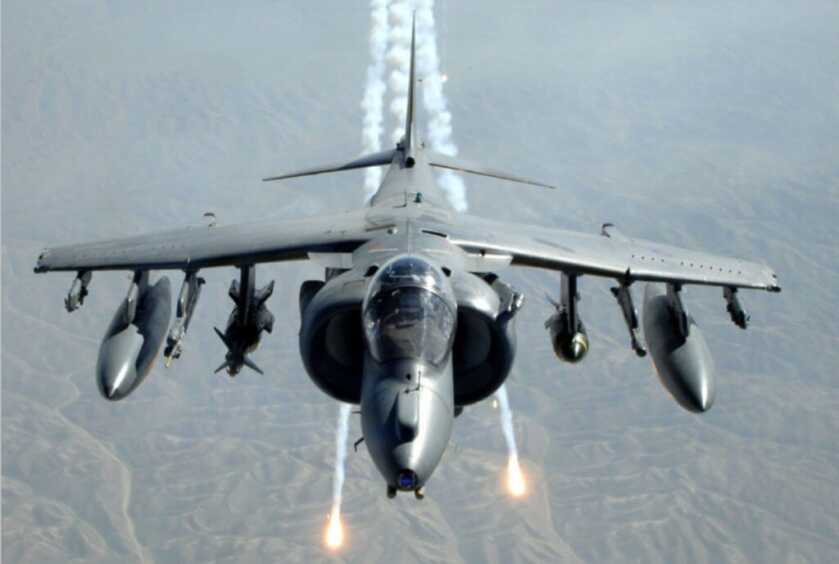
With 8,000 miles of open ocean across which to stage a proper response, the Brits knew that air superiority during the upcoming amphibious counter-invasion was going to be critical. British Sea Harriers would bear the brunt of the air-to-air responsibilities. However, every Argentine airplane that could be neutralized was one less that the Harrier drivers would have to burn out of the sky.
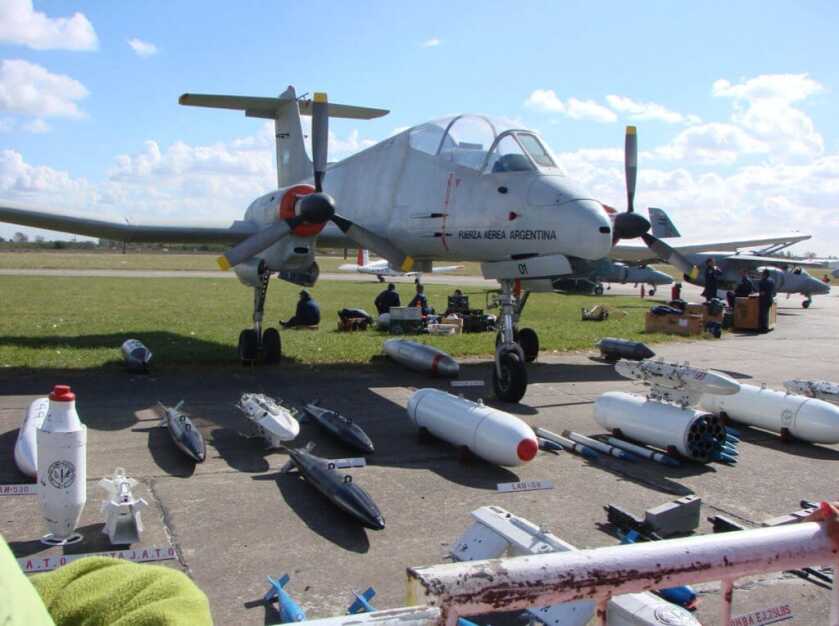
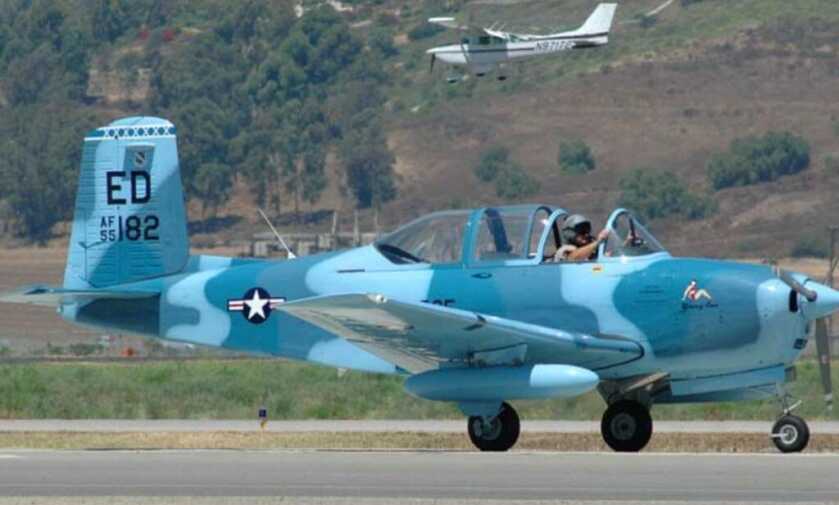
On the Northern aspect of the western Falklands chain lies Pebble Island. This forsaken spit of dirt was home to some twenty-five English subjects and another 2,500 very English sheep. Since the Argentine invasion, the Pebble Island Aerodromo Auxiliar Calderon airfield also housed six FMA IA 58 Pucara twin-engine turboprop ground attack aircraft, four T-34 Turbo Mentor counterinsurgency attack planes, and a single Coast Guard Skyvan transport. Servicing, supporting, and defending these eleven aircraft were about 150 Argentine Marines and aviation personnel.
The Plan

22 Special Air Service Regiment was the foundation of the world’s modern Special Operations units. 22 SAS hearkens back to the Second World War and its first flamboyant commander, LTC Archibald David Stirling. Stirling’s mob of misfits tormented the Nazis from North Africa across Italy and occupied France. Subsequent generations of SAS men were shooting and scooting back when special operating wasn’t cool. In 1982 D Squadron 22 SAS Regiment stood ready to visit their own unique brand of chaos upon the Argentines.
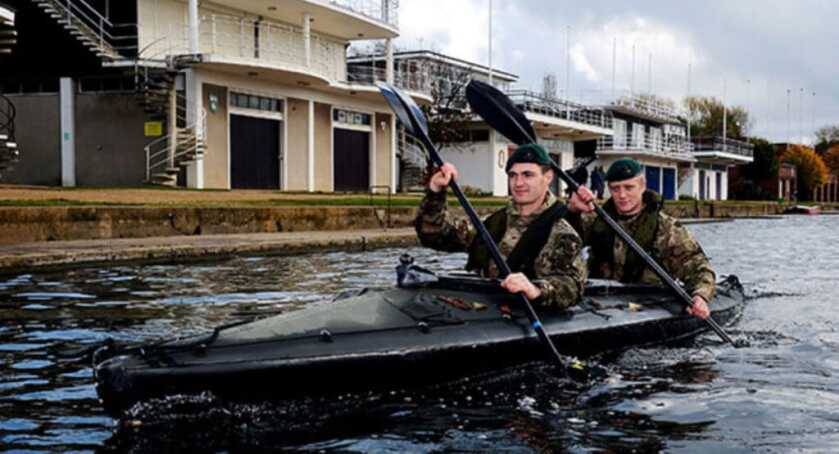
The plan was audacious. After an eyes-on recce conducted by Boat Troop of D Squadron 22 SAS via Klepper canoe, it was determined that there were severe headwinds near the target area. This would ultimately limit the amount of time the commandos could spend on the objective. The operational objectives were therefore reduced from the destruction of the garrison to simply neutralization of the aviation assets.
The Mission
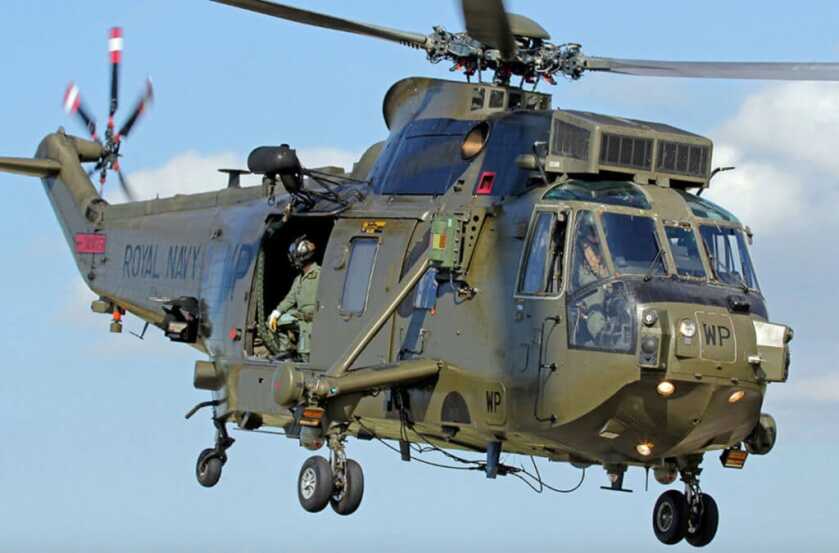
On the night of 14 May 1982, forty-five SAS D Squadron operators inserted via two Westland Sea King HC4 helicopters under cover of darkness. A single HC4 has the capacity to lift up to 28 combat-equipped troops. Members of the aforementioned Boat Troop provided approach navigation.
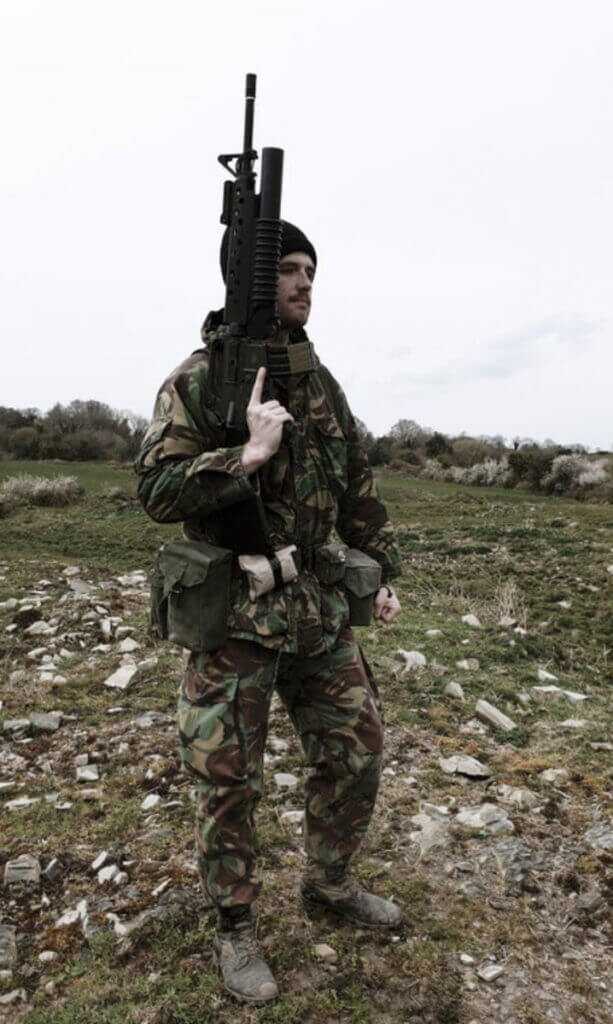
The SAS strike force landed six clicks from the airfield and unloaded some one hundred L16 81mm mortar bombs, demo charges, and a buttload of L1A1 66mm LAWs (Light Anti-tank Weapons). The SAS operators carried American-made M16 rifles along with a disproportionate number of M203 grenade launchers.
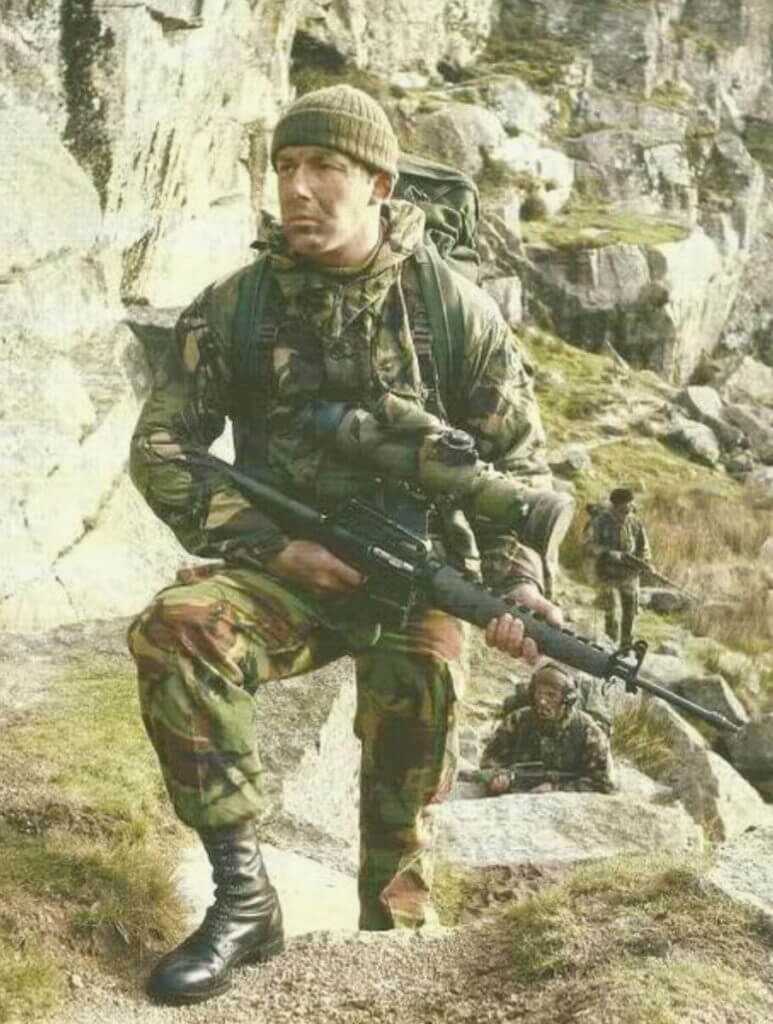
SAS operators are notorious for their simply breathtaking capacity to tab. Tab is short for Tactical Advance to Battle. This is British slang for a forced march across hostile terrain. The SAS assault force successfully infiltrated the airfield, avoiding the Argentine sentries on duty. They eventually set charges on seven of the Argentine aircraft without being detected.
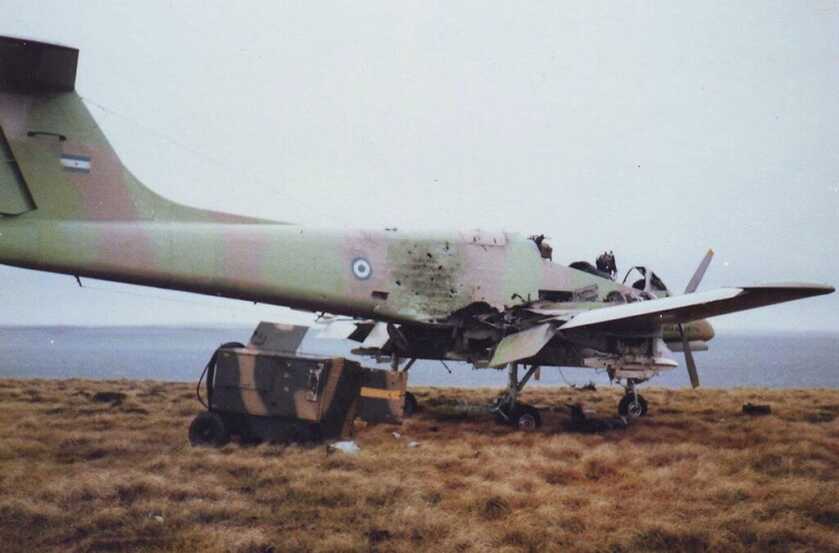
On cue, the SAS operators blew the charges and opened up on the parked aircraft with small arms and LAW rockets. At the same time, naval gunfire from the British destroyer HMS Glamorgan joined in targeting the nearby fuel stores and ammo dump. The preponderance of their ordnance expended, the SAS raiders exfilled to the PZ (Pickup Zone) where they were extracted by the waiting Sea Kings to the HMS Hermes.
The Weapons
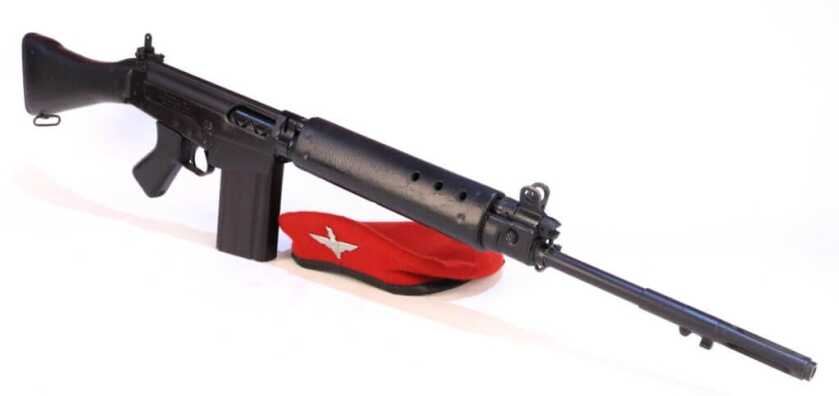
The standard British Army rifle at the time of the Falklands War was the L1A1 SLR (Self-Loading Rifle). This Anglicized FN FAL was used across Her Majesty’s armed forces. However, the SAS opted for the US M16 for its lightweight and high-capacity magazines. Today’s SAS operators wield Canadian-made versions of the M4 Carbine made by Diemaco.
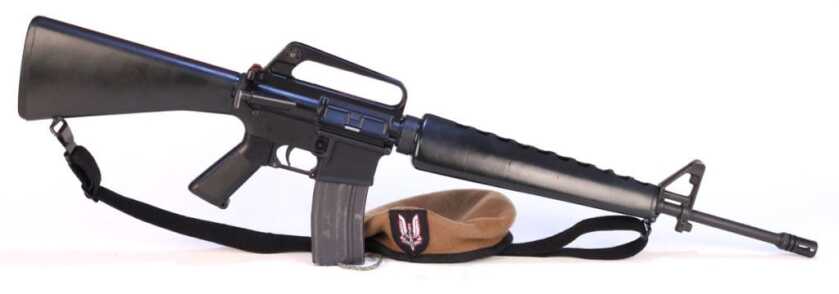
The M16 has served in sundry guises for more than half a century in the US military and should be established dogma to anybody frequenting GunsAmerica. The M203 was the only component of the US Army’s long-running 1960’s-era Special Purpose Individual Weapon (SPIW) program to see adoption. Pronounced “Spew,” the SPIW had to have the coolest acronym in modern military history.
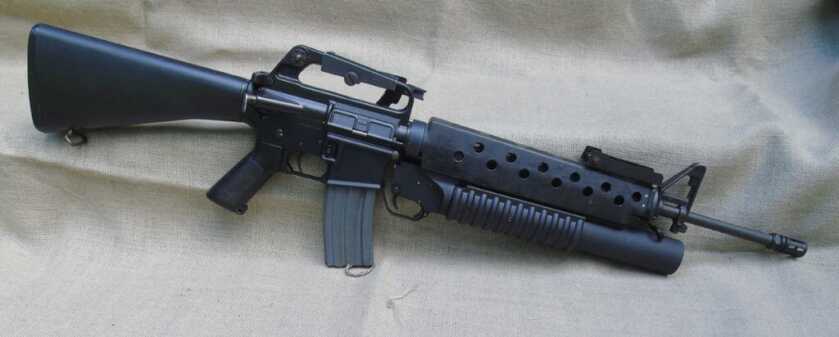
First adopted in 1969, the M203 fired the same 40x46mm grenade as did the standalone M79 break-open grenade launcher. The M203 mounted underneath a standard M16 and allowed the grenadier ready access to an automatic rifle in addition to the single-shot grenade launcher.
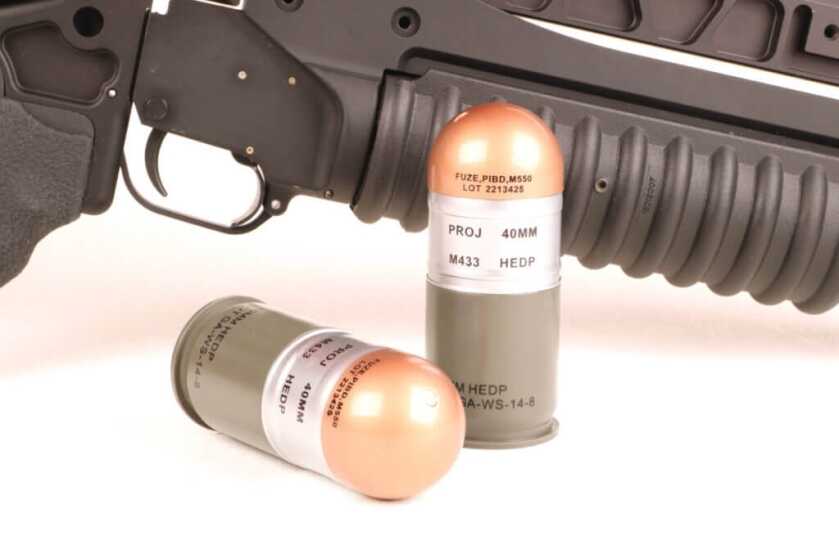
The 40mm grenades fired by these weapons operate on the High-Low Propulsion System first developed by the Germans during World War 2. The Germans referred to this concept as the “Hoch-und-Niederdruck System,” and it allows a relatively-heavy, low-velocity round to be safely fired via a handheld weapon.
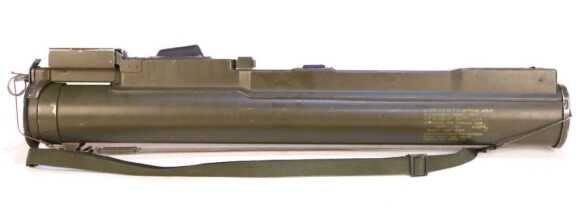
The L1A1 LAW is a single-shot disposable 66mm unguided antitank weapon. Originally an American contrivance, the US designation was the M72. The solid rocket motor was developed in 1959 at Redstone Arsenal, and the M72 first saw service in 1963. The M72 replaced both the M31 HEAT (High Explosive Antitank) rifle grenade and the cumbersome M20A1 Super Bazooka.
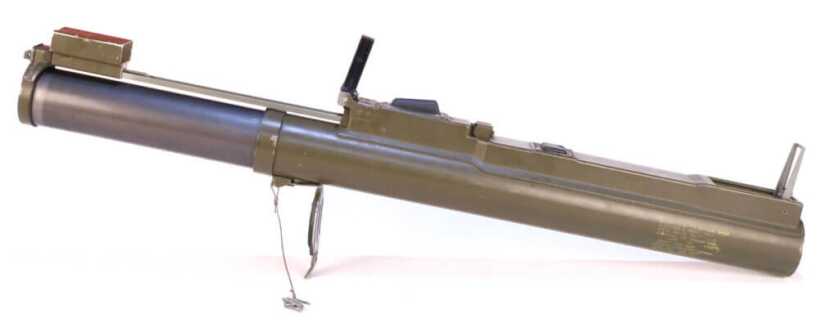
The L1A1 LAW consists of a telescoping aluminum tube within an external fiberglass cylinder with pop-up front and rear sights. When collapsed and sealed the LAW is waterproof. A percussion cap firing mechanism ignites the rocket, and a mechanical setback safety built into the warhead does not arm the piezoelectric detonator until the rocket has accelerated out of the tube.

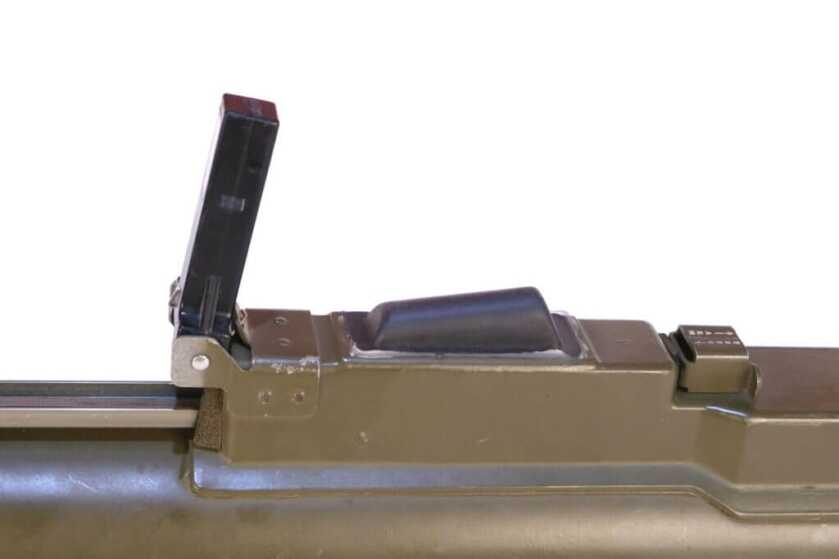
To fire the L1A1 LAW you pull the safety pin and remove the spring-loaded back cover. This allows the front cover to drop away as well, while the rear cover pivots down to serve as a shoulder brace. Grip the front and back of the weapon and extend it briskly. This movement releases the spring-loaded front and rear sights to deploy. Put the weapon on your shoulder, pull the striker handle forward to arm the mechanism, point the thing at something you dislike, and squeeze the trigger bar.
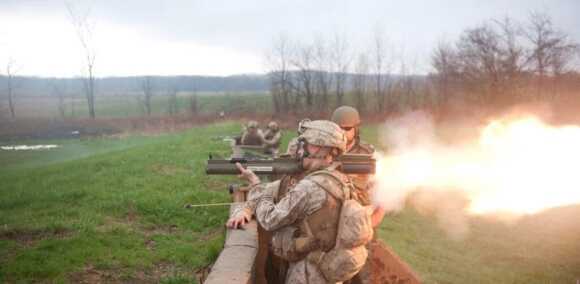

Firing the LAW is nothing like the movies. The entirety of the solid rocket motor is consumed prior to the rocket’s leaving the launch tube, and the open back of the tube makes the LAW essentially recoilless. The backblast, however, is subsequently ferocious.
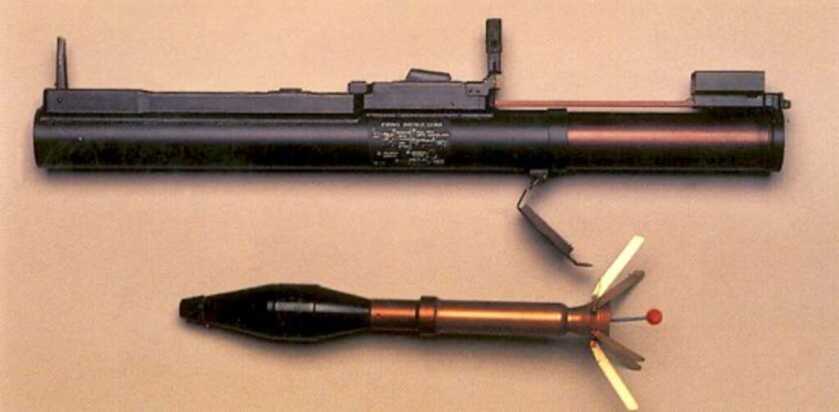
Once the weapon is fired, six folding fins deploy to stabilize the rocket in flight. Muzzle velocity is 475 feet per second, and the thing makes a simply incredible racket.
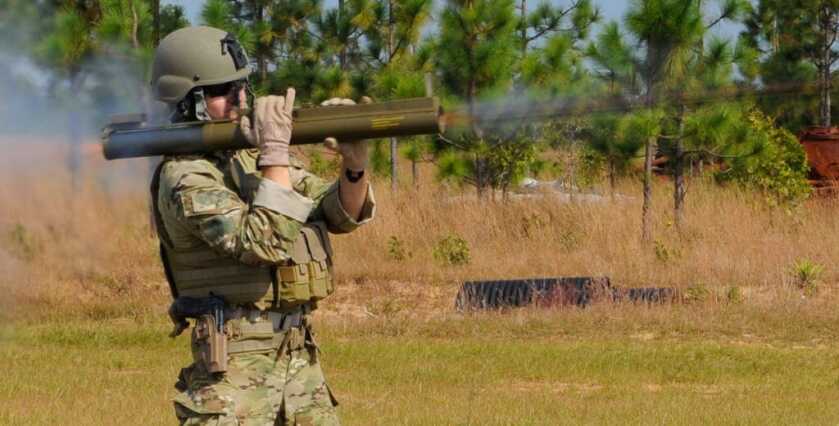
Max effective range is 200 meters, and later versions of the standard HEAT warhead will burn through about 12 inches of rolled homogenous steel armor. The LAW rockets used in the Pebble Island raid weighed about 8 pounds and cost about $750 apiece. Though augmented in US service in 1987 by the Swedish AT-4, the LAW remains in use around the world today.
The Rest of the Story
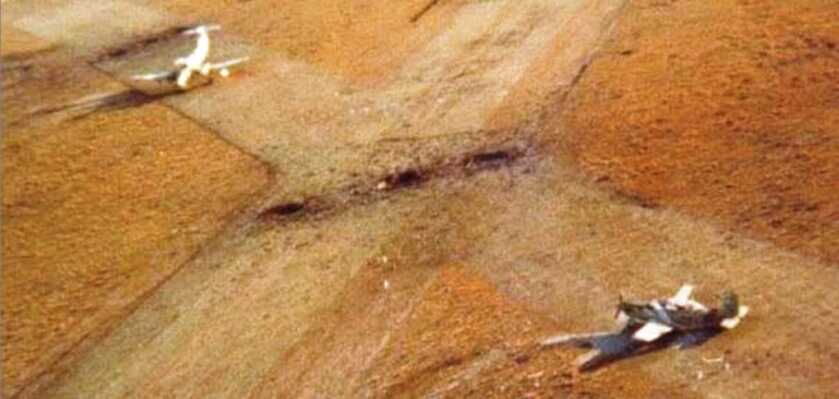
As a result of intense shelling by the HMS Glamorgan the defending Argentines remained under cover for the most part throughout the raid. Presuming the attack to be the opening salvoes in a general invasion, the Argentine commander ordered the runway destroyed. The Argentines detonated prepositioned area denial charges underneath the runway and cratered it. Shrapnel from these charges injured one of the SAS operators. The Argentinian commander was subsequently killed by British small arms fire during the attack.

The original plan had the assault force redirecting their fire on the Argentinian garrison after ensuring the destruction of the attack aircraft. However, after exfilling the wounded man the ground force commander made the decision to return to the Hermes. This on-the-spot decision no doubt ultimately saved a great many lives.

The Pebble Island raid accounted for all eleven aircraft as well as the ammo and fuel dump and was considered a rousing success. Considering that destroying airfields full of Axis aircraft during WW2 was considered a bit of an SAS specialty, the Pebble Island raid seemed fitting.

Sadly, CPT Gavin John Hamilton, the ground force commander, was killed three weeks later while on a covert reconnaissance mission some forty miles behind Argentine lines. Colonel Juan Ramon Mabragana, the commander of the Argentine Commando unit that killed CPT Hamilton, later described him as “the most courageous man I have ever seen.”

Who Dares Wins.
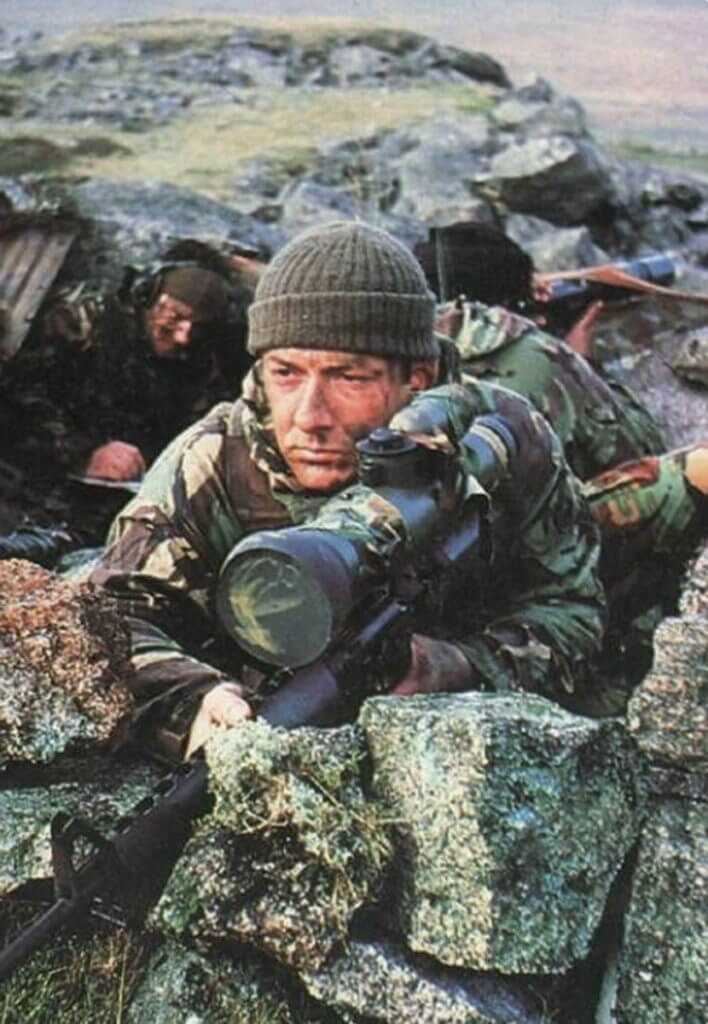


Whoever sold you that red beret owes you a refund.
(Shouldnt those re-enactors have black bars across their eyes?)
Will, I still enjoy a good read, especially when it is both technical and historical in nature. Some day you should write a book describing your life adventures.
I lived in OH at the time and recall a column in the local paper about that war. At the time of that war – if I remember correctly – we had been supporting some tyrants. The columnist wrote that it was time to support democracy – for a change.
I really have enjoyed the various military articles Guns America has written !!! Keep up the excellent work!!!
Love this stuff that Will Dabbs comes up with. We need more.
Interesting story however, I find it hard to believe that a LAW HEAT round can burn through 12” of steel armor. Perhaps a decimal point is missing between the 1 & the 2?
Yep, 12 inches. An M433 HEDP 40mm round for the M203 is good for about 2.5 inches. The latest PG7VR warheads for the RPG7 will cut through 29 inches of steel. Modern shaped charge warheads are amazingly effective.
Dabbs is correct, which is why RPG’s make Tankers VERY nervous.
Also our heat rounds compelled the Russian army to get into reactive armor and active protection systems.
Nice, Will. Keep it up.
I love the M203/M16A1, Its my funnest weapon in the whole wide world! In the right hands it could wreek a whole lotta havoc. Theres a grenadiers vest that goes along with it did you know? Yes- you pull it out of the ammo can already uploaded with a candy store full of goodies.HE rounds,buckshot,pyrotechnic rounds- star cluster,smoke- colored or willy peter,even CN/CS rounds. It seems no two cans contained the same mix. The vest is supposed to be worn over your LBE- but there was a small size also and that had me reversing things. Luck of the draw. Ah.. the M72 a weapon I loved to hate. The dang “trigger” bar has something like a 30 pound pulll. Pressing down threw my sights off. Learned a trick I taught to my section- push up on the tube with your off hand with equal force that your pressing the trigger bar. Yes always remember the M72 training range motto: CHECK YOUR BACK BLAST 40 METERS!